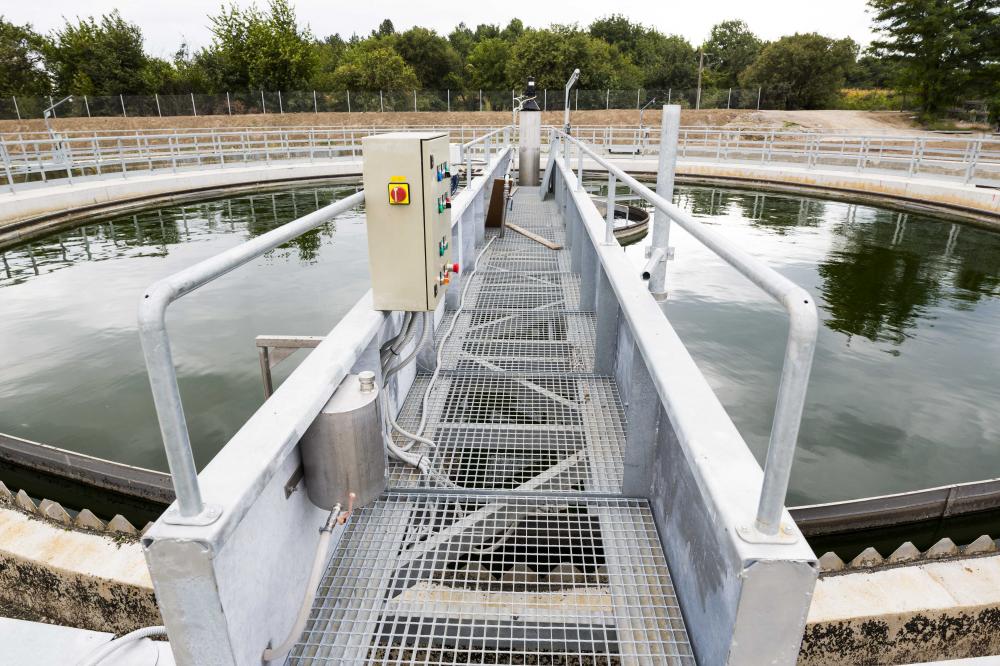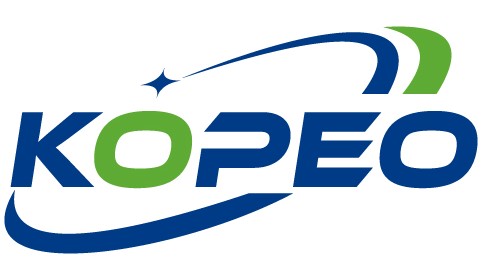Basic knowledge of water purification Natural water sources, including surface water and groundwater, contain a variety of different impurities. The impurities contained in the water source can be divided into suspended matter, colloidal matter and dissolved matter according to their particle size and existing form. The impurities in the water can also be classified into inorganic matter, organic matter and microorganism. The main feature of suspended solids is a suspended state in moving water. Light water floats in heavy water and sinks in heavy water. The inorganic suspended matter in surface water is mainly sediment, large-grained clay or mineral waste, etc. These impurities have a large proportion and are easy to sink. Large organisms such as aquatic weeds, small reproductions of certain plankton (such as algae, bacteria, or protozoa) and remains of the dead, as well as organic matter from the sewage. Larger particles, such as aquatic weeds, are easily removed, while smaller particles are difficult to remove. Colloidal impurities in natural water are classified into two types: inorganic colloids (silicic colloids, clay colloids) and organic colloids (various proteins, humic substances, etc.). Colloidal impurities are relatively stable in water and do not settle spontaneously when left standing for a long time. The dissolved substances in natural water are: Oxygen (O2) and carbon dioxide (CO2) are mainly present in water in a molecular state. The ionic state in water is basically the result of inorganic salts dissolved in water, such as calcium, magnesium, iron, carbonate, sulfate, chloride, and the like. Dissolved impurities cannot be removed by any mechanical method or agglomeration method, they are stably and uniformly dispersed in water. Because of the contradictions and gaps between the quality of natural water sources and the user's requirements for water quality, we must adopt advanced water purification technologies and use feasible scientific Water Treatment methods to make the natural water that originally contained many impurities become Water that meets life or production requirements. 
The following is a brief description of some commonly used water treatment methods:
1. Clarify The clarification targets for water are mainly suspended solids and colloidal substances in raw water, which reduce the turbidity of these substances in raw water. Specific treatment process can be divided into: coagulation, precipitation and filtration. (1) Coagulation In the raw water, the agent (water purifier) is injected to make the agent and the raw water be mixed and reacted sufficiently (ie, the coagulation process is performed in the reaction tank), so that the suspended matter and the colloidal impurities in the water form a large-particle floc which is easy to precipitate, which is commonly called Flower." (2) Precipitation Through the coagulation process, the raw water entrains the large-size floc to flow into the sedimentation tank at a certain flow rate, gravity separation is performed through the sedimentation tank, and the major impurities in the water sink to the bottom of the sedimentation tank. The above purification process can also be completed by a clarifier, which is a processing structure that integrates reaction and precipitation. (3) Filter After the raw water passes through the coagulation and sedimentation process, the turbidity of the water is greatly reduced, but some fine impurities still remain in the sediment water flowing into the pool through the collecting tank, and pass through the granular filter media (such as quartz sand, anthracite coal, etc.) in the filter tank. The retention of fine impurities in the water further reduces the turbidity of the water. When the turbidity of the raw water is low, the raw water after the injection of the chemical can also enter the filtration process directly without coagulation, sedimentation, and the like. The above clarification process (coagulation, precipitation, and filtration) not only reduces the turbidity of the raw water, but is also quite effective in the removal of color, bacteria, and viruses. For the raw water with high turbidity, sedimentation tanks or pre-settling tanks are usually used to remove sediment particles with larger particle sizes. 2. Disinfection When the raw water is subjected to coagulation, sedimentation and filtration, it flows into the clear water tank through the pipeline and must be disinfected by disinfecting the water with chlorine, bleaching powder or other Disinfectant to kill the pathogenic microorganisms in the water. There are also methods of disinfecting water using ozone or ultraviolet radiation. In addition to the above two types of Water Treatment Methods, other commonly used methods of treatment are deodorization, deodorization, iron removal; softening, desalination and desalination. According to different raw water quality and requirements for treated water quality, the above various treatment methods can be used alone, or several treatment methods can be used in combination to form different treatment systems. In water purification, it is usually a combination of several treatments to achieve the goal of Water Balance.

